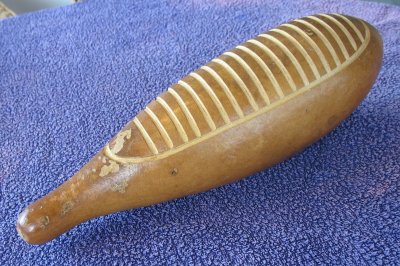The Bass - instrument
Timba, the explosive and rhythmically rich genre of Cuban dance music, transformed how the bass functions in popular music. In Timba, the bass is not just foundational — it’s fiery, funky, and free.
🎶 A Story of Evolution
In traditional Cuban music, the bass typically held down repetitive tumbaos — consistent patterns that grounded the groove for dancers. But in the 1990s, as Timba emerged, Cuban bassists began to break the mold.
No longer confined to the background, the bass became a lead voice — interacting with singers, percussionists, and pianists in real time. It was improvisational, aggressive, and incredibly musical.
⚙️ The "Gear" System and the Bass
One of Timba’s unique elements is its use of "gears" — sudden, synchronized shifts in groove, rhythm, or dynamics. The bassist often triggers or drives these gear changes, signaling shifts to the rest of the band.
- Drop into silence with a syncopated slap
- Switch to double time or half-time in an instant
- Mirror or interrupt the rhythm of the congas or timbales
In Timba, the bass doesn't follow the beat — it plays with it.
🧠 Technique and Influence
Timba basslines are complex and full of personality. They draw influence from:
- Afro-Cuban rhythms
- Funk and R&B (especially slap and pop techniques)
- Jazz fusion (virtuosic runs, chromatic movement, dynamic phrasing)
Common Techniques:
- Slap and pop
- Ghost notes
- Melodic fills and countermelodies
- Rhythmic displacement
- Harmonics and chordal playing
🧨 Legendary Timba Bassists
Alain Pérez
- Known for his electrifying solos, vocal integration, and stage presence
- Played with Irakere and Issac Delgado
- Also a singer and arranger — a true showman
Felipe Cabrera
- Helped push the bass into the spotlight
- Introduced jazz sensibility into Timba arrangements
Joel Domínguez
- Key bassist for Manolín, El Médico de la Salsa and NG La Banda
- Known for rich tone and rhythmic creativity
Timbales
History
Timbales were introduced in Cuban danzón during the late 19th century.
Here’s how it happened:
- The earliest danzón was played by orquestas típicas, which used heavier European-style timpani and military-style percussion.
- Around the 1870s–1880s, these large drums were replaced by the pailas criollas (what we now call timbales). They were lighter, more agile metal drums better suited for Cuban dance rhythms.
- This innovation helped shape the charanga francesa ensemble (flute, violins, piano, bass, güiro, timbales), which became the standard for danzón, danzonete, and later chachachá.
👉 So, the timbales first entered Cuban music through danzón and then became central to many genres afterwards ( mambo, salsa, songo, timba).
National dance of Cuba, evolved from danza.
Lees meer >
The güiro is central to danzón, cha-cha-chá, son, and salsa, and is a standard feature of charanga orchestras that popularized Cuban dance music in the 20th century.
Lees meer >Origins
Inventor: Bartolomeo Cristofori (1655–1731), an Italian instrument maker in Florence.
Date: Around 1700, Cristofori built the first instrument he called a “gravicembalo col piano e forte” — meaning harpsichord with soft and loud.
Lees meer >Timba, the explosive and rhythmically rich genre of Cuban dance music, transformed how the bass functions in popular music. In Timba, the bass is not just foundational — it’s fiery, funky, and free.
Lees meer >Dances
- Danzón – The quintessential Cuban ballroom dance, elegant and formal, often seen as the "national dance of Cuba."
- Danzonete – A sung variant of danzón that became popular in the 1920s–30s.
- Cha-cha-chá – Created in the 1950s by Enrique Jorrín while playing with a charanga; specifically designed for charanga orchestras.
- Pachanga – A playful dance and rhythm from the late 1950s/early 1960s, closely linked to charanga bands.
- Mambo (in its earlier Cuban form) – Before the big-band New York mambo, charangas also played early mambo-style danzones.
- Charanga is a Cuban ensemble style and musical tradition that dates back to the early 20th century. It became especially popular in the 1940s–50s and played a crucial role in the evolution of salsa, timba, and Latin jazz.
Lees meer >Mambo
In Cuban music, especially in salsa and son,
the " mambo" section typically refers to a brassy, rhythmically intense instrumental break,
often featuring repetitive horn lines, call-and-response patterns, and building energy toward the climax of a song.
- Son traditional
- Son urbano
- Son montuno
- Son moderno.
Lees meer >Mambo
In Cuban music, especially in salsa and son,
the "mambo" section typically refers to a brassy, rhythmically intense instrumental break,
often featuring repetitive horn lines, call-and-response patterns, and building energy toward the climax of a song.
Timba, the explosive and rhythmically rich genre of Cuban dance music, transformed how the bass functions in popular music. In Timba, the bass is not just foundational — it’s fiery, funky, and free.
Lees meer >